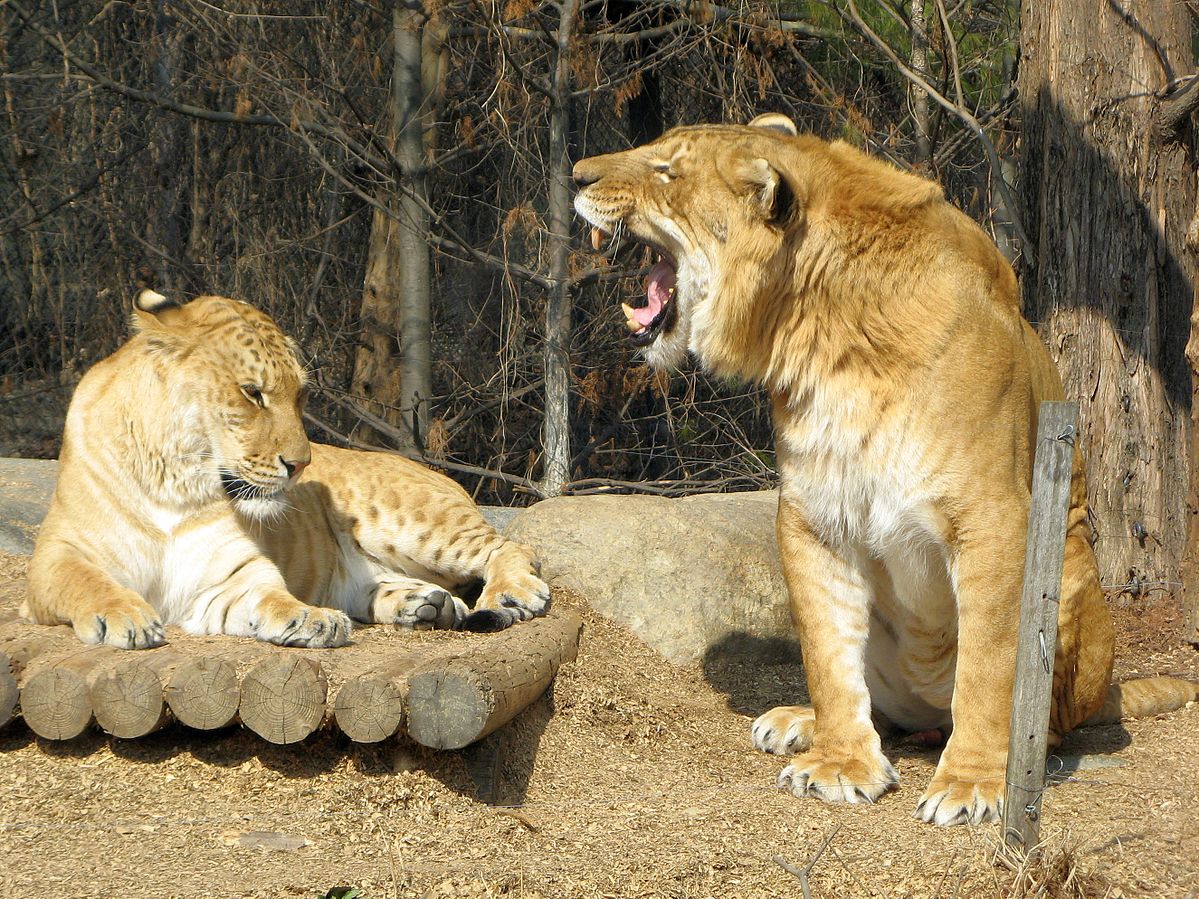Animals from various lineages frequently reproduce in nature, which may help explain some of the evolution’s riddles. Erica Larson, an evolutionary biologist at the University of Denver, claims that interbreeding across disparate lineages is the genetic cause of a hybrid species.
(Photo : Image from Hkandy under the terms of the GNU Free Documentation License, Version 1.2)
Common Misconception
Most non-scientists would interpret it as mating between two distinct species. Still, it may also refer to populations or subspecies within a species that can be distinguished from one another based on particular features or characteristics.
They could breed at various times of the year, or they can exhibit behavioral variations that discourage mating, according to Larson. But if they do mate, they could create quite acceptable hybrids.
One example may be the spotted skunk, which scientists recently separated into seven species. Some of these species share habitats and have nearly identical appearances, but they mate and give birth at different times.
Coral is “another fantastic example,” adds Larson. “Many corals release their gametes at a very specific moment. As a result, these species are geographically close to one another and may have the potential to hybridize, but they squander the opportunity by spawning several hours or days apart.
However, such natural obstacles are less of a barrier to successful hybridization in captivity in a lab.
Also Read: Can Science Bring Back Extinct Species
Understanding Hybrids
Hybrids may look strange, although many are probably relatively common.
In the case of birds, where a staggering 10% of the more than 10,000 known species are known to hybridize, Bob Mulvihill, an ornithologist with the National Aviary in Pittsburgh, said it’s probably no accident that hybridization is widely recorded in this group of animals. This may be because many birders take pictures of noteworthy sightings and submit them to forums, birdwatching organization pages, or smartphone apps like iNaturalist.
Some experts think that certain hybrids could spread in the future. For instance, polar bears are anticipated to spend more time on land due to climate change, where they may run across brown bears migrating further north. The hybrids known as pizzlies or grolar bears can be produced if they mate.
Not every hybridization results in a genetic disaster. But it might not also result in weaker species.
For instance, ligers are susceptible to health issues, including fast growth and cardiac issues.
Additionally, the parent species may have incompatible genetic variations, such as a differing number of chromosomes. Due to this, plus the fact that non-reproducing children might restrict a parent’s ability to expand its gene pool successfully, hybrids are frequently sterile.
According to Larson, “they have one fewer opportunity to pass on their genes to a future generation.”
Improving the Gene Pool
Hybridization may not be the best course of action if one or both parent species are endangered. This is since the hybrid’s new mix of DNA can threaten a species’ extinction by replacing its unusual genetic makeup. Hybridization with coyotes is one of the numerous challenges facing red wolves now in the southeastern United States. This process is known as genetic swamping.
According to Larson, hybridization can also transfer advantageous traits like pesticide resistance. If certain genes aid in the hybrid’s survival and procreation, the population may benefit widely from them. Scientists refer to this as adaptive introgression.
Related Article: Pig-Boar Hybrids in Fukushima May Show How Nature Heals After Man-Made Disasters
For more animal news, don’t forget to follow Nature World News!
© 2022 NatureWorldNews.com All rights reserved. Do not reproduce without permission.
